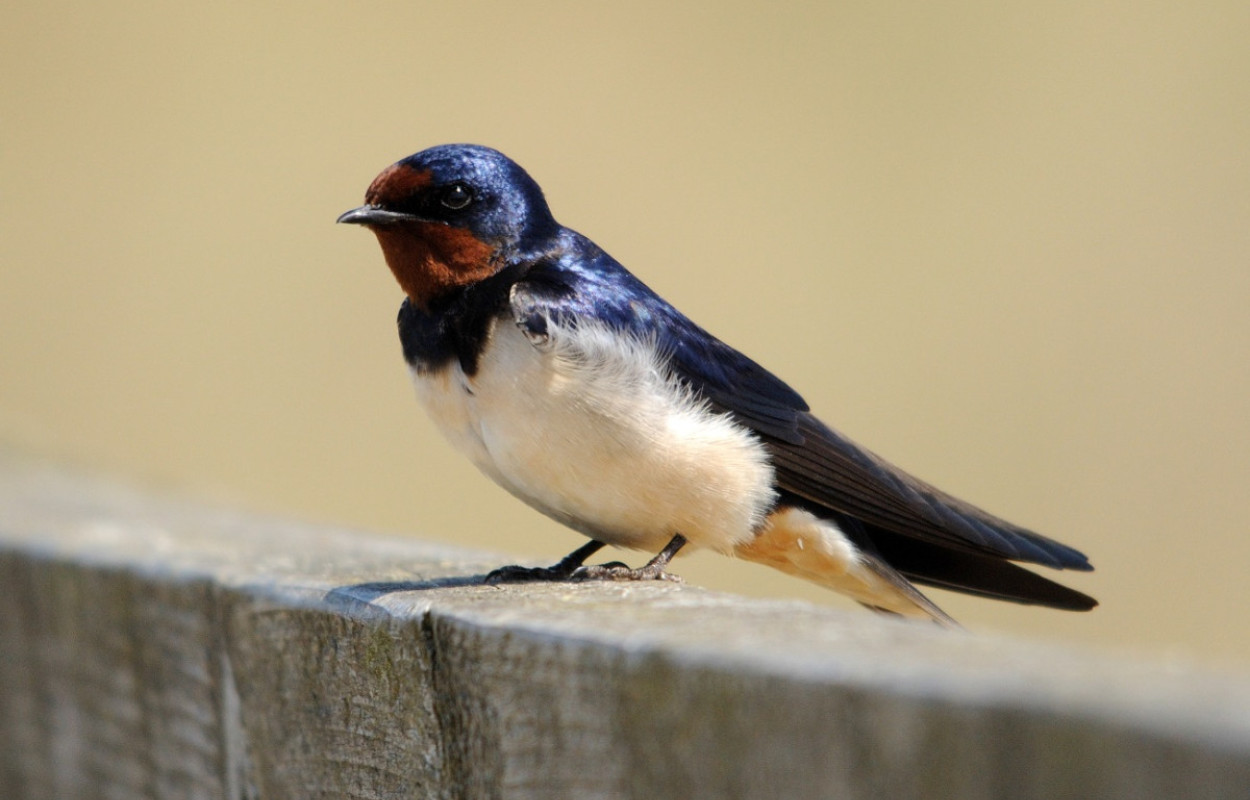Eco-evolutionary drivers of avian migratory connectivity

Author(s): Fattorini, N., Costanzo, A., Romano, A., Rubolini, D., Baillie, S., Bairlein, F., Spina, F., & Ambrosini, R.
Published: May 2023
Journal: Ecology Letters
Digital Identifier No. (DOI): 10.1111/ele.14223
Abstract
Notes
The authors thank A. Alessi for assistance with the INDACO platform, the big data computing facility at the University of Milano. Thanks to BirdLife International for providing us with bird distribution maps. PhyloPic credits are reported at the permalink https://www.phylopic.org/permalinks/e8be1de78ea81b97484488e54bab5f61519b26a937ea4cd435b8e45c3927acdb. Special thanks go to all members of the Eurasian African Bird Migration Atlas project team and the European Union for Bird Ringing (EURING), for backing and supporting this research. Funding was provided by the Italian Government (Ministry of the Environment and Energy Safety, formerly Ministry of the Environment, Land and Sea) through a grant to the Convention on Migratory Species (CMS).







Share this page